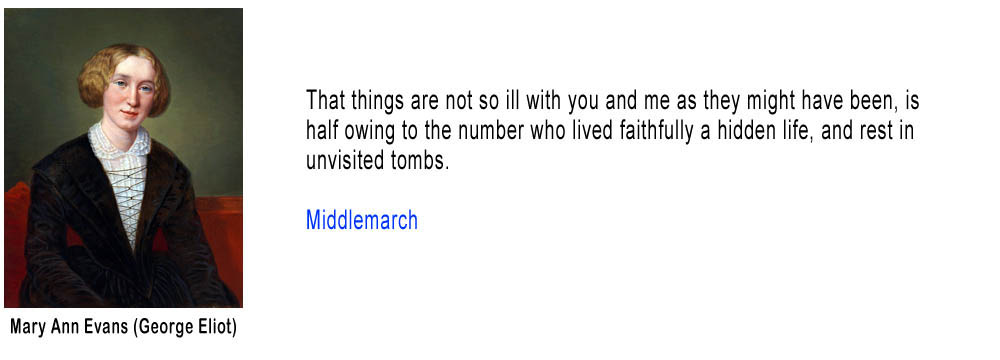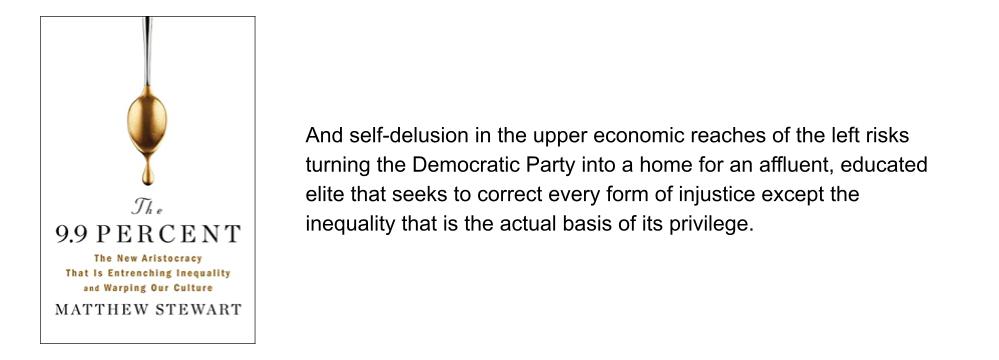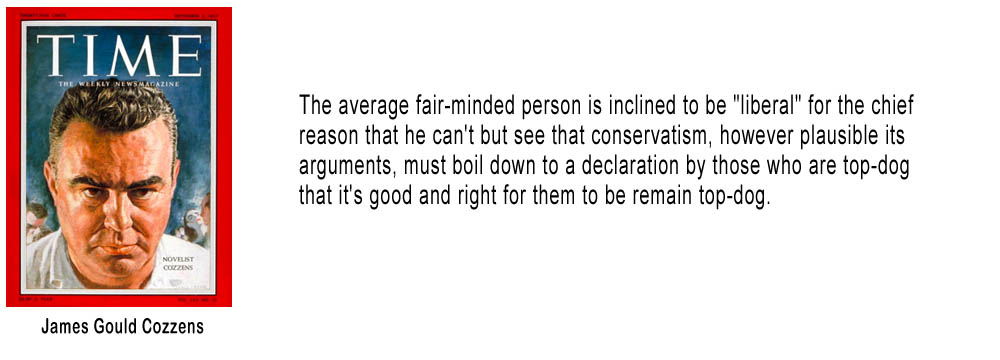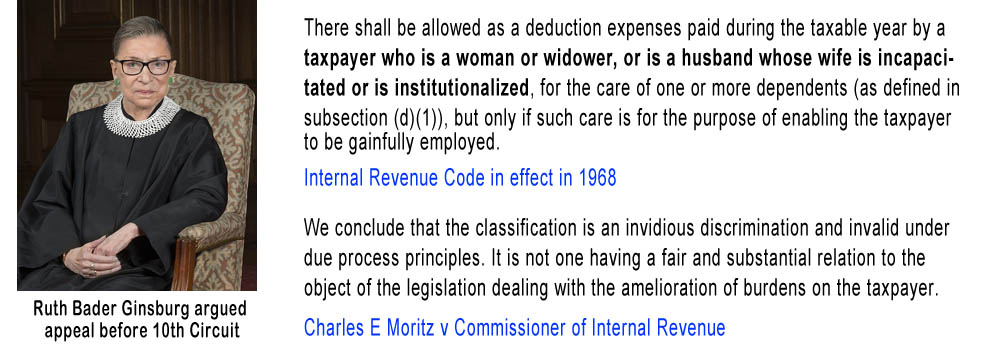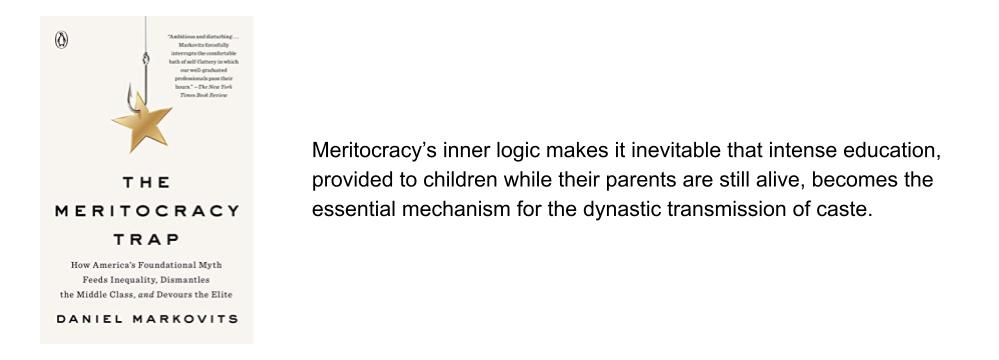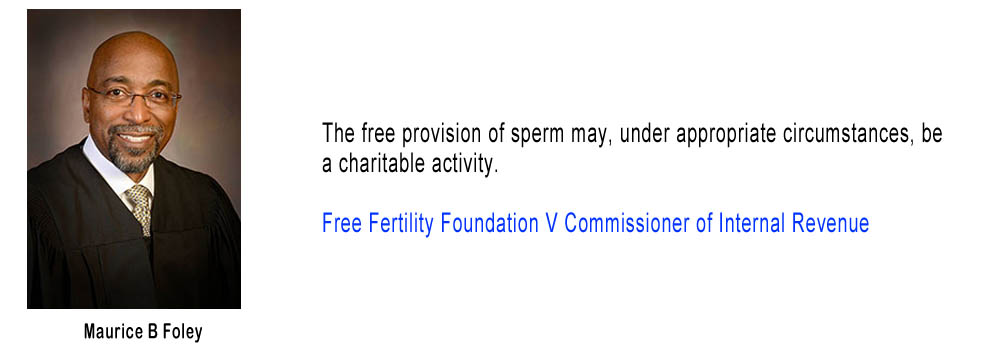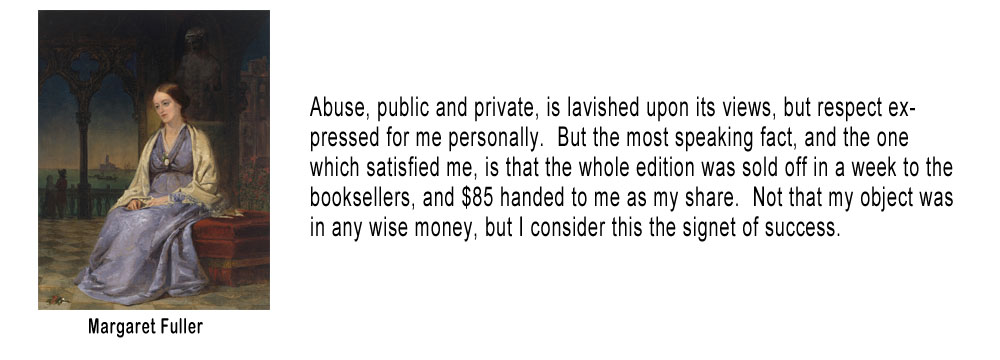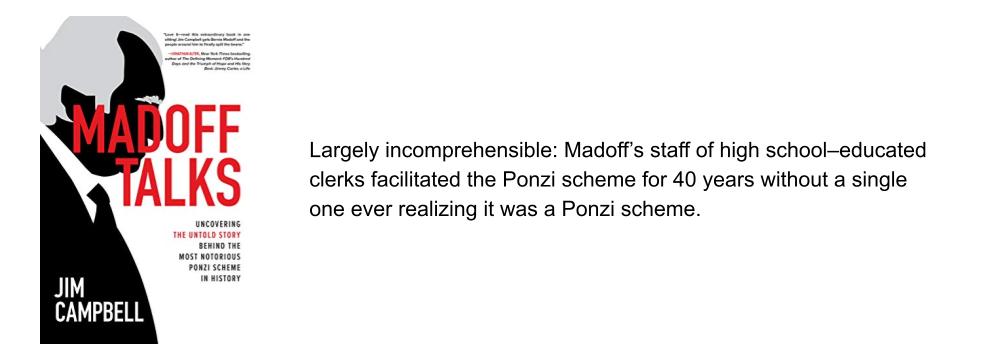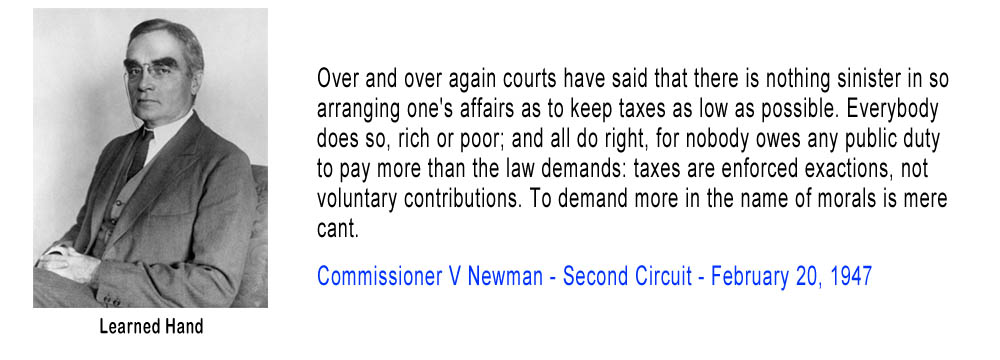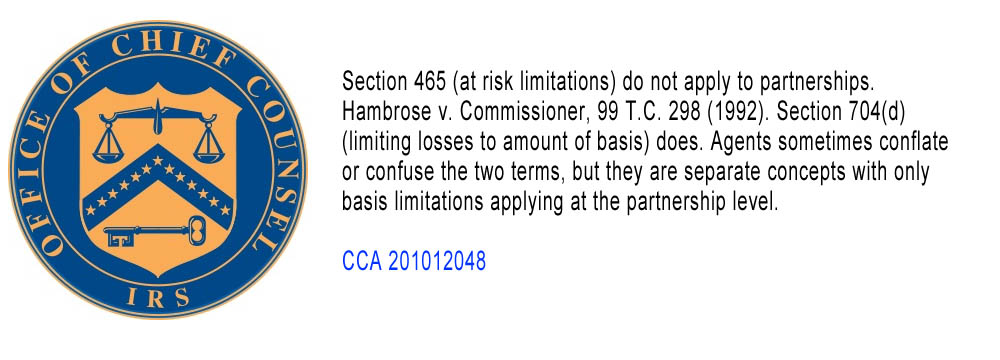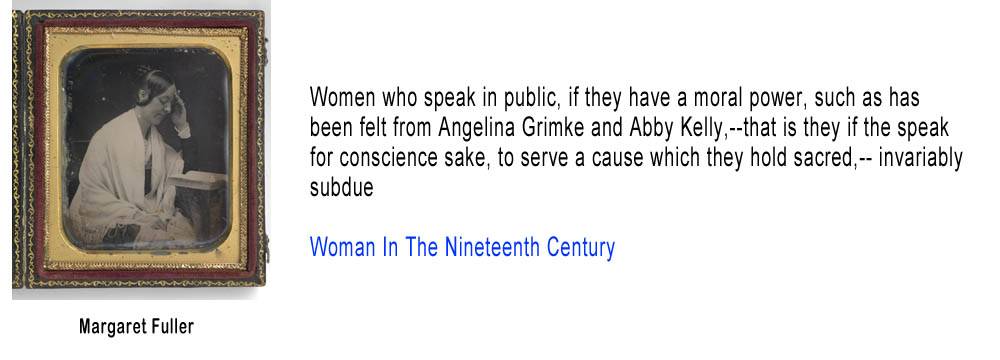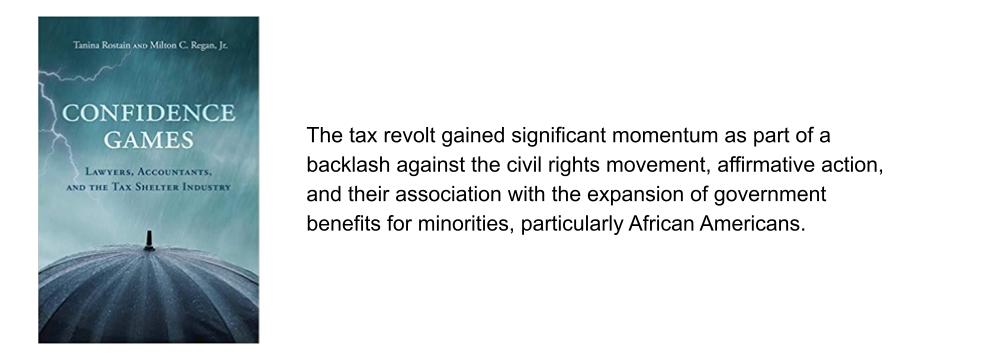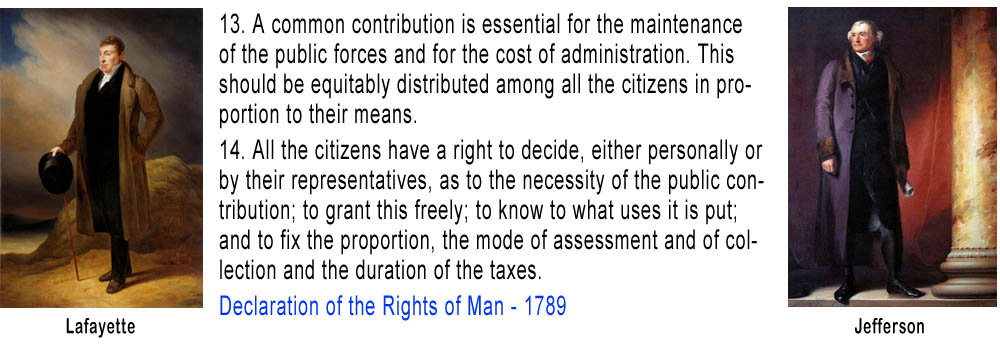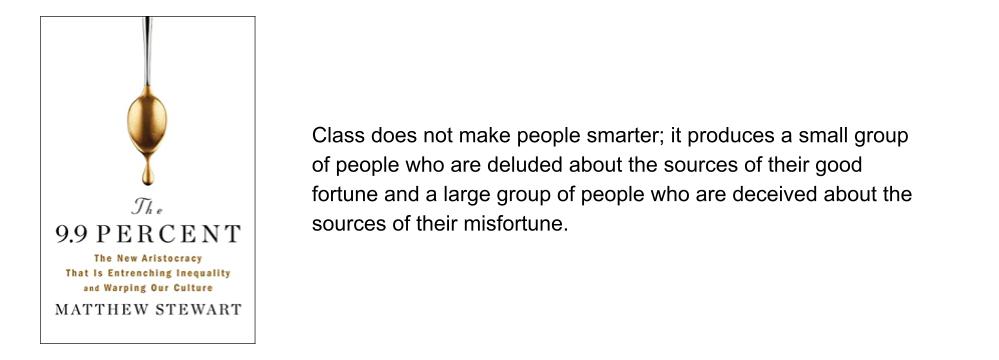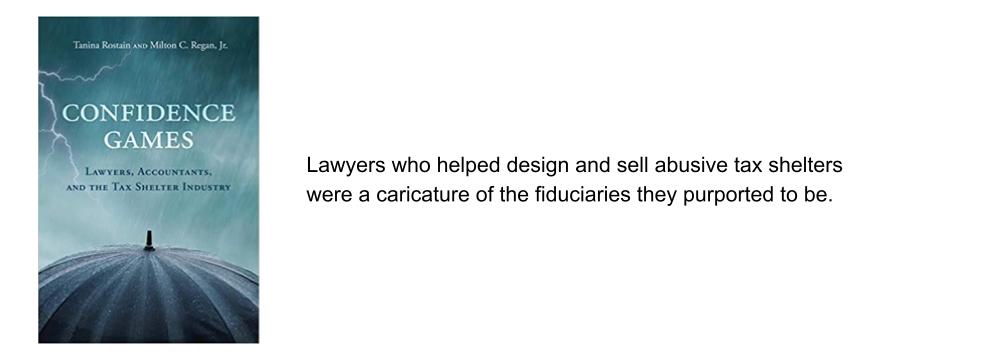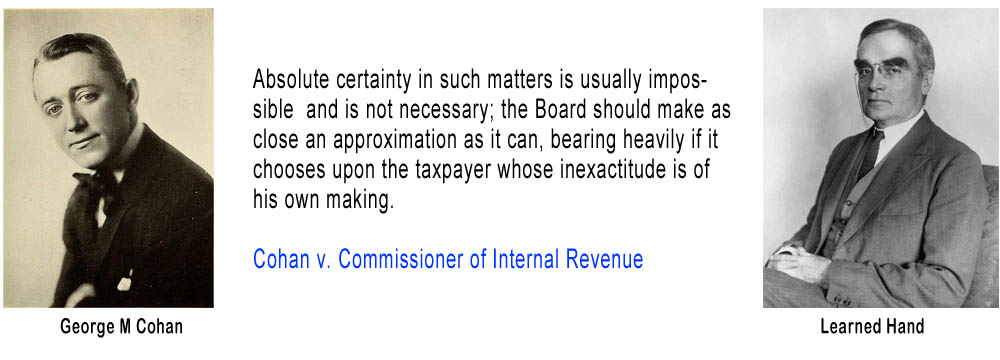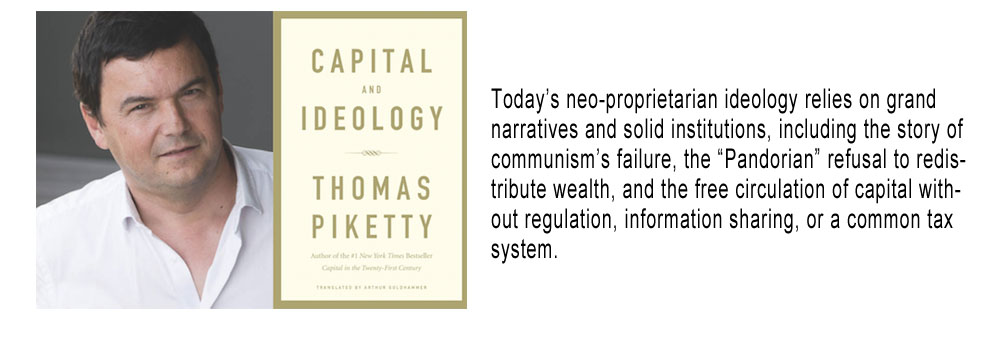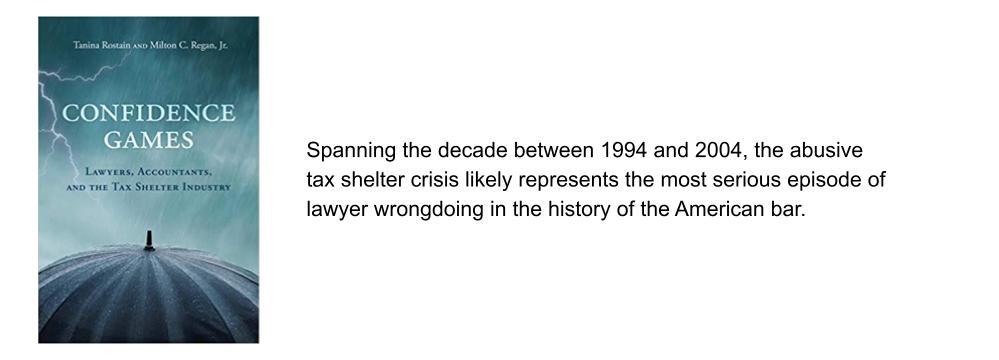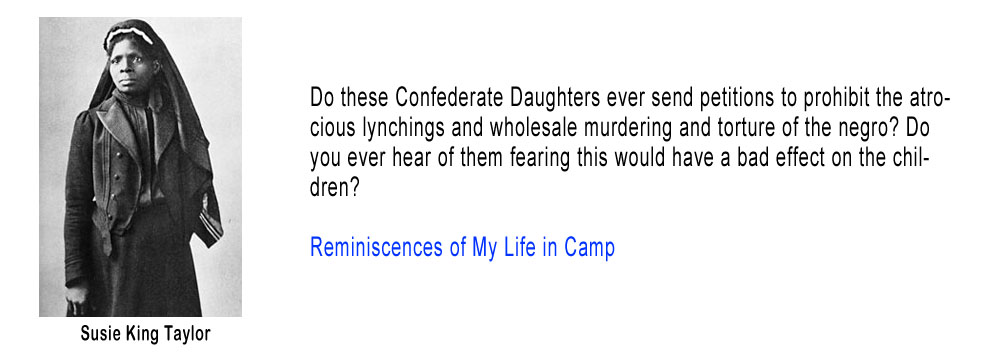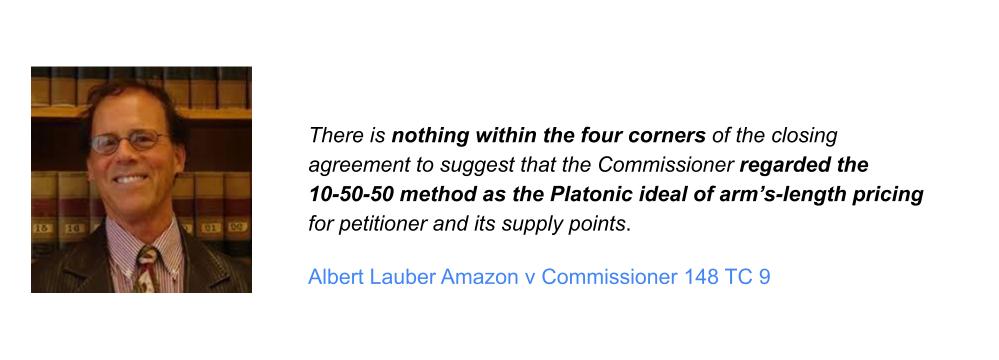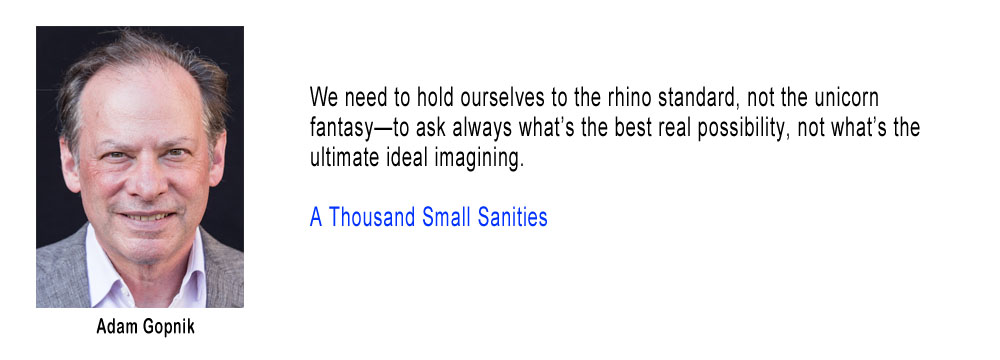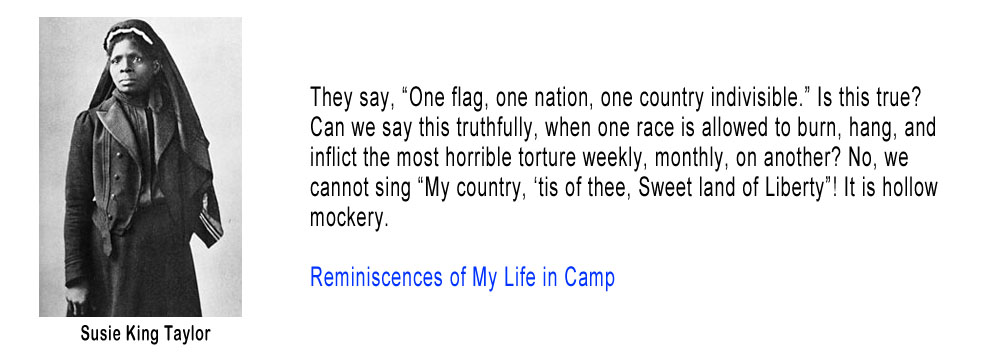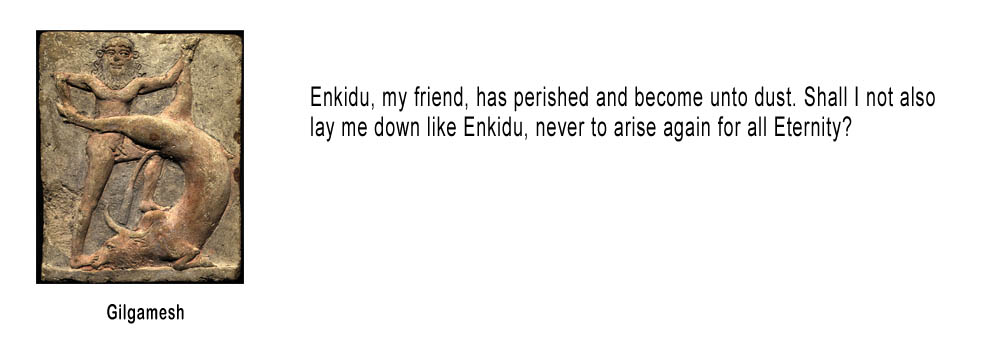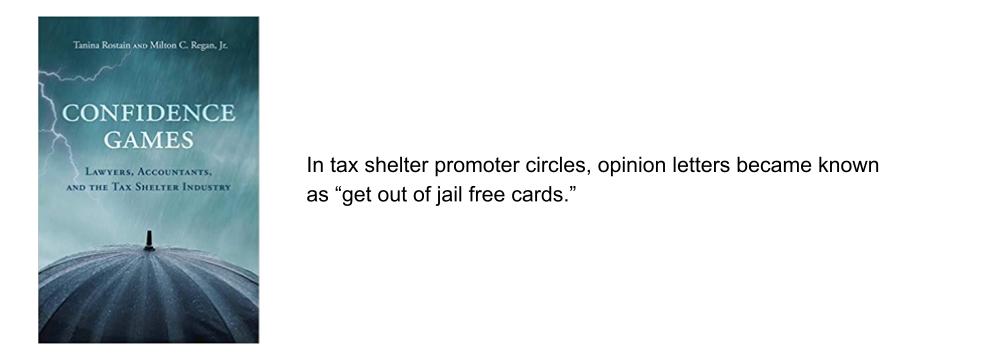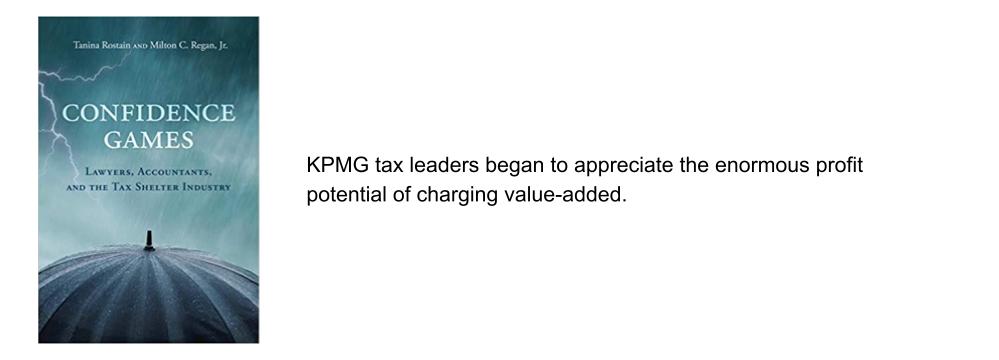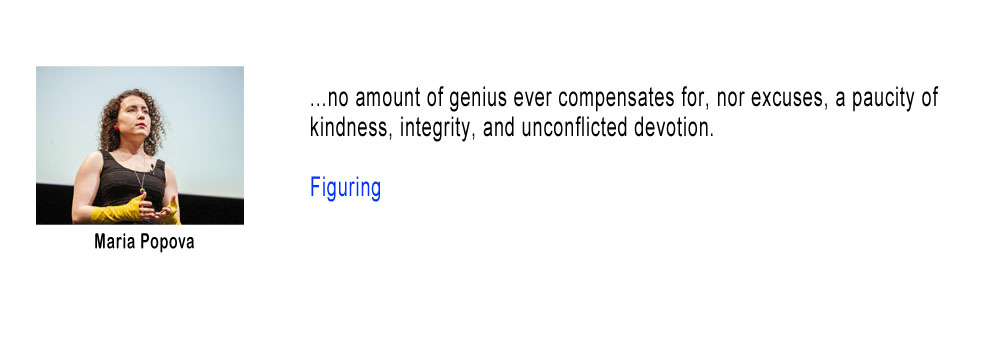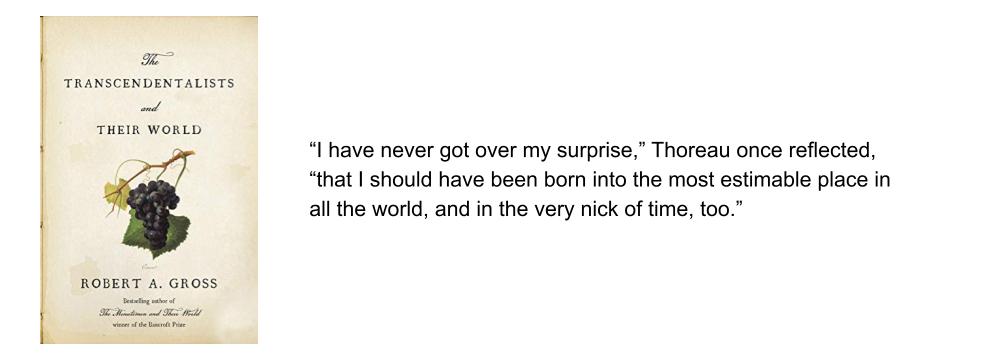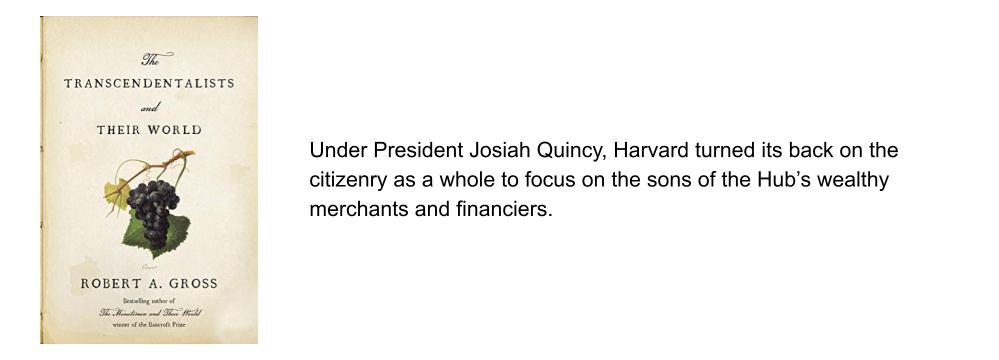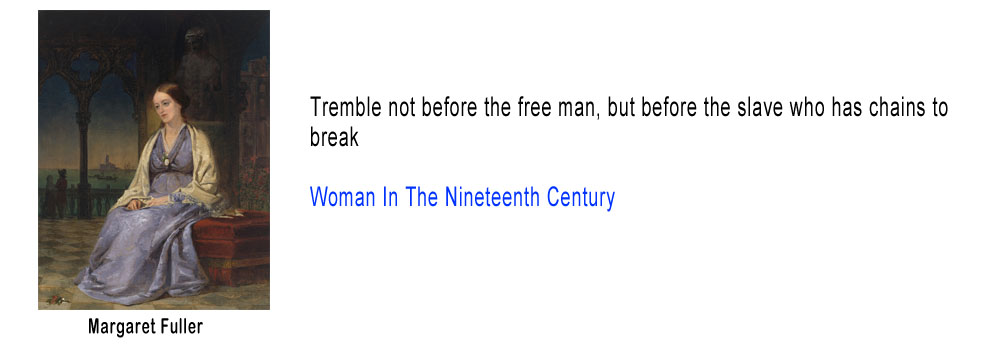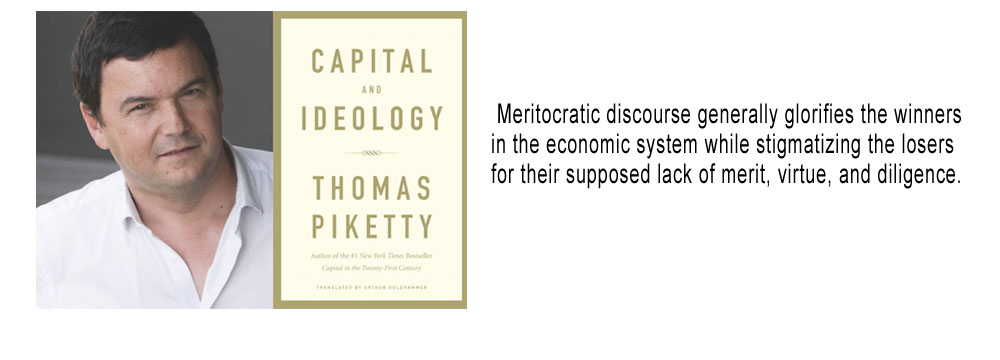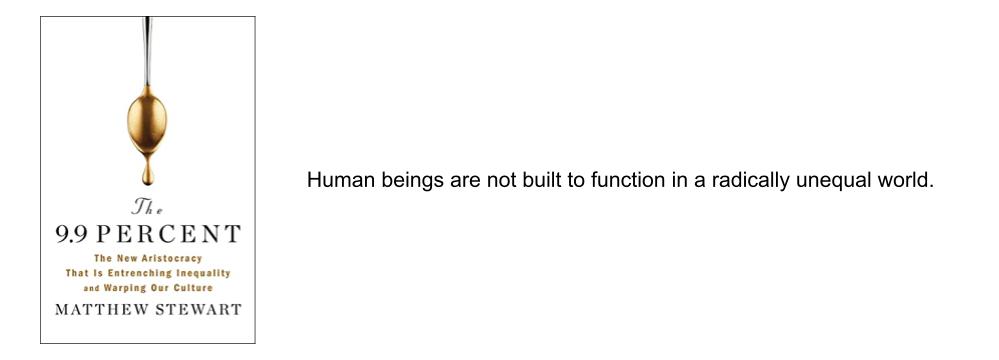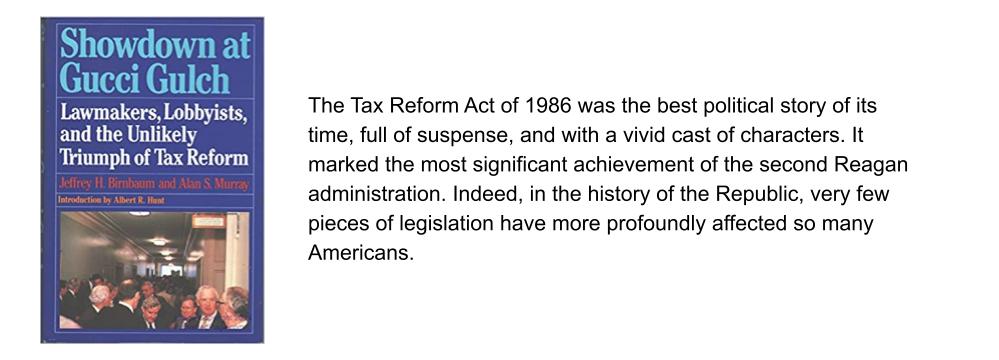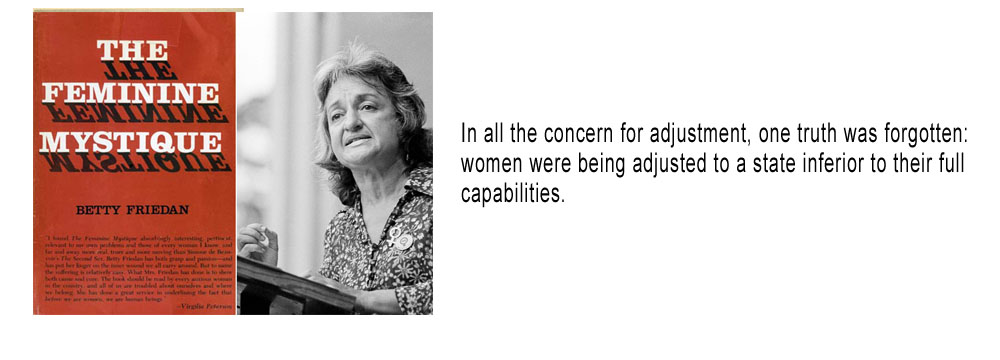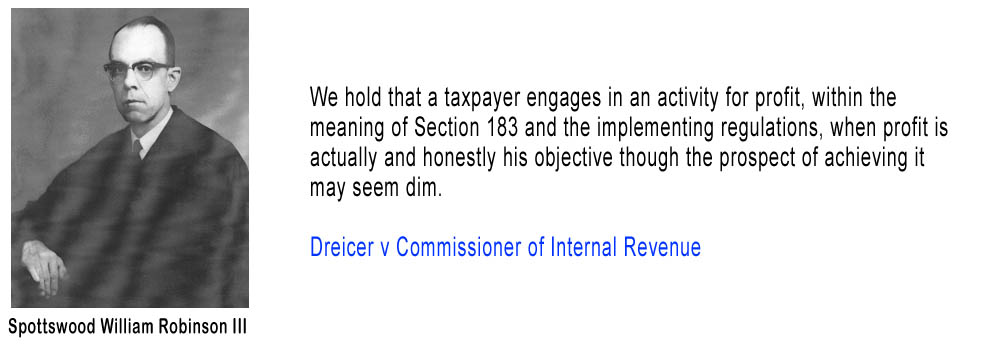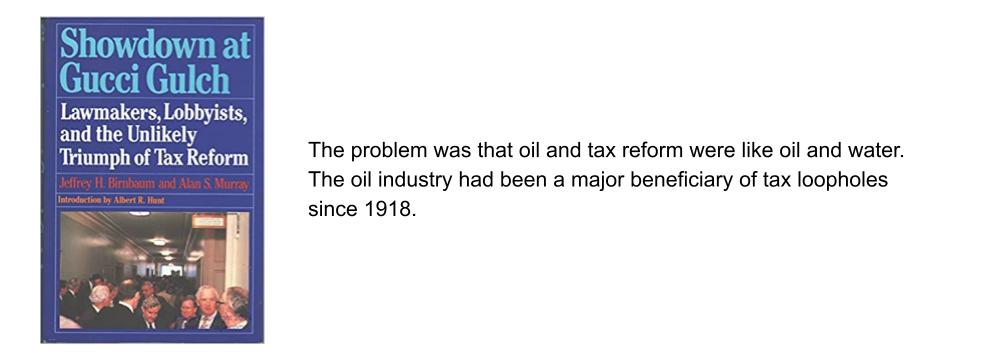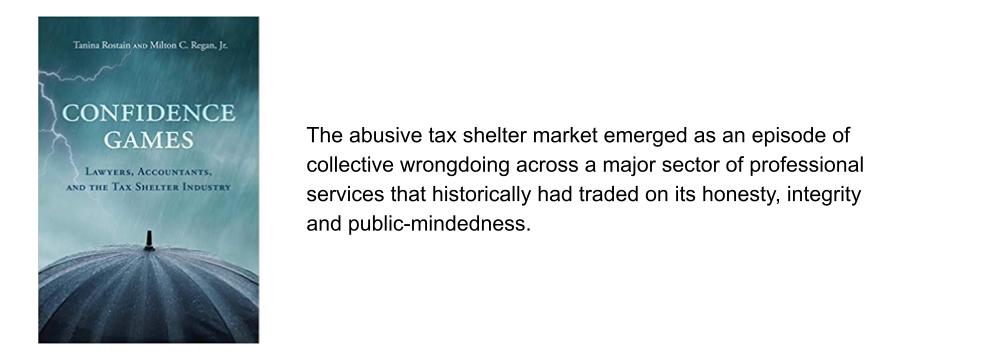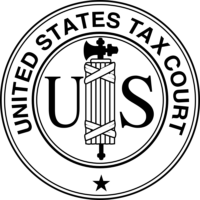Originally Published on forbes.com on July 11th, 2011
______________________________________
Net losses from the sale of investment securities are only deductible to the extent of $3,000 per year. The balance is carried forwarded to use against future gains. An individual’s expenses from investing are deductible but only to the extent that they exceed 2% of Adjusted Gross Income and only as an itemized deduction. They are not deductible in determining the alternative minimum tax. These limitations can make the status of “trader in securities” attractive. The losses of a trader in securities, whether from trading losses or expenses, reduce Adjusted Gross Income and do not present alternative minimum tax problems.
It is not easy to qualify as trader in securities, as Richard Kay learned in a recent Tax Court decision. He seems like he may have spent more time trading than I do blogging:
In 2000, the total value of the securities petitioner purchased was over $20 million, and the total value of the securities petitioner sold was also over $20 million. Petitioner bought and sold the same stock on the same day on only six occasions in 2000. In 2001, the total value of the securities purchased and sold was $2,349,320.35 and $1,576,548.02 respectively. He bought and sold the same stock on the same day on only four occasions in 2001. In 2002, the total value of the securities purchased and sold was $1,234,427.90 and $1,852,167.29 respectively. He bought and sold the same stock on the same day on only three occasions in 2002.
Securities trading was not looking like it would allow him to give up his day job distributing ball bearings:
Petitioner attached a Schedule C, Profit or Loss From Business, to his 2000 Form 1040 where he reported his income, losses, and expenses from his sales of securities. On that form he listed his principal business or profession as “DAY TRADE”. On his 2000 Schedule C, petitioner reported a net loss of $2,052,637, arising from $1,960,060 in losses from sales of stocks and $92,577 in expenses. Petitioner offset other ordinary taxable income by deducting some of these losses.
On his amended 2001 Schedule C, petitioner reported a net loss of $399,740, arising from $399,162 in losses from the sale of stocks and $578 in expenses. He also reported an NOL of $1,396,943 carried over from 2000.
On his 2002 Schedule C, petitioner reported a net loss of $278,297, arising from $262,921 in losses from the sale of stocks and $15,376 in expenses. On his 2002 return, he also reported the same $1,396,943 NOL carried over from 2000, some of which he used to offset other ordinary income.
His level of activity, while fairly intense, was not intense enough to move him out of investor status and into trader status.
A taxpayer’s activities constitute a trade or business where both of the following requirements are met: (1) The taxpayer’s trading is substantial, and (2) the taxpayer seeks to catch the swings in the daily market movements and to profit from these short-term changes rather than to profit from the long-term holding of investments.
The number of trades petitioner engaged in during the years 2000, 2001, and 2002 was not substantial. In 2000, 2001, and 2002, petitioner executed 313 trades, 172 trades, and 84 trades respectively.
Petitioner’s trading activity was infrequent. In the years 2000, 2001, and 2002, petitioner conducted trading activity on just 29 percent, 7 percent, and 8 percent of the possible trading days in each year, respectively. Income from Clean Wave was his primary source of income. Despite petitioner’s assertion that he spent the majority of his time as a day trader, the number of days he actually made trades show otherwise.
Petitioner generally did not hold stocks for intervals that demonstrate an intention to profit from day trading. The majority of the stocks he purchased and sold in each of the years at issue were held for over 30 days. Petitioner rarely purchased and sold the same stock on the same day.
Another interesting feature of the case concerns the penalities. On the accuracy penalty, once the IRS shows that it hits the tax understatement hits the threshold, it is up to the taxpayer to show that he had a reasonable basis for his filing position. The Court notes that Mr. Kay did not put forth any significant defense to the penalty. I think this may have been the result of his representing himself. With $220,000 in tax and $40,000 in penalties, I’d lean towards having an attorney.

